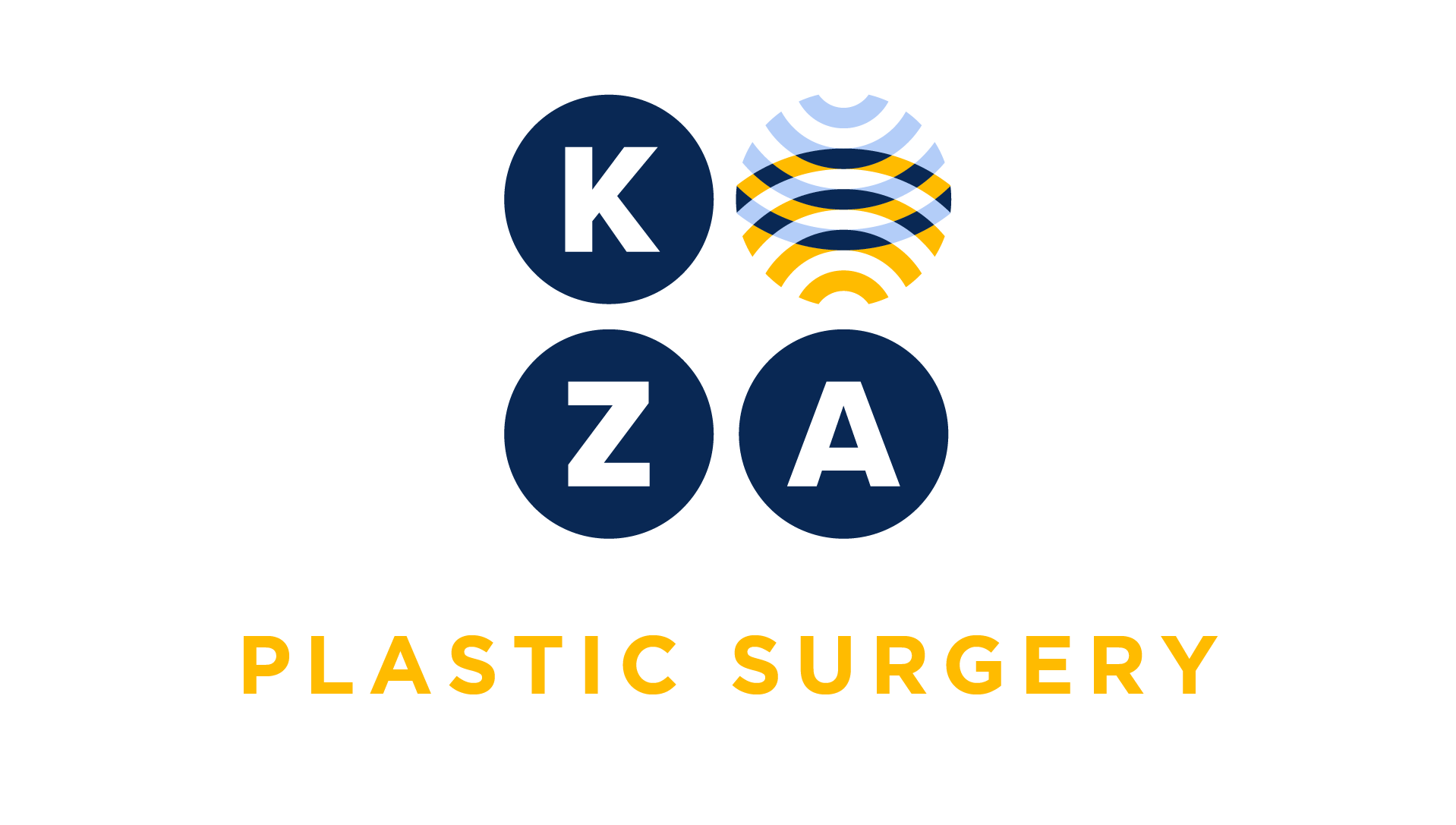
Choose your specialty from the list below to see how our experts have tackled a wide range of client questions.
Looking for something specific? Utilize our search feature by typing in a key word!
Removal of Tissue Expander in the Office
I have a question on tissue expander coding. How would I code for an in office procedure on a tissue expander removal under local anesthesia? The patient had breast cancer and the mastectomy…
Question:
I have a question on tissue expander coding. How would I code for an in office procedure on a tissue expander removal under local anesthesia? The patient had breast cancer and the mastectomy was performed at a different facility. The patient’s tissue expander became exposed so the expander was removed at my facility in the office. I was trying to find some coding guidelines on this scenario. Any help you can give me would be greatly appreciated!
Answer:
The CPT code for removing a tissue expander in the office is the same as it is if the TE was removed in the hospital – the physician reports 11971 (Removal of tissue expander(s) without insertion of prosthesis). Medicare’s payment for the physician in the office (place of service 11) is somewhat higher than the payment in the OR (place of service 24, 22, 21).
*This response is based on the best information available as of 01/18/18.
Complex Closure with a Soft Tissue Tumor Code
Can I also bill for the complex repair when I’ve also excised a soft tissue tumor like a lipoma in the 21552-21555 series of codes?
Question:
Can I also bill for the complex repair when I’ve also excised a soft tissue tumor like a lipoma in the 21552-21555 series of codes?
Answer:
Actually CPT says these soft tissue tumor codes include the simple or intermediate repair and a complex repair may be separately reported. That said, Medicare and many other payors will not reimburse the code because they consider it to be a primary closure.
*This response is based on the best information available as of 11/30/17.
Debridement Prior to Skin Grafting
I’m taking a patient to the OR for debridement of a dehiscent surgical wound and will skin graft it for closure. I’m looking at getting 11042 (debridement) and the skin graft codes
Question:
I’m taking a patient to the OR for debridement of a dehiscent surgical wound and will skin graft it for closure. I’m looking at getting 11042 (debridement) and the skin graft codes precertified. Is this right?
Answer:
Not exactly. You’re right about the skin graft code(s). However, we do not recommend the 11042 – 11047 codes. These codes are used for wound debridement but only when you are debriding an open wound with no intention of closing it; you expect the wound to heal by secondary intention. In your example, you will be closing the wound. Therefore, the more accurate code is a surgical preparation code (15002 – 15005) forexcision(note the term is not debridement) of the open wound to prepare a viable wound surface for grafting.
*This response is based on the best information available as of 11/16/17.
Billing for Pre-Op H&P Visit
Hospitals require that we do an H&P within 30 days of taking a patient to the OR. If this visit is more than 48 hours prior to surgery, is that a billable visit?
Question:
Hospitals require that we do an H&P within 30 days of taking a patient to the OR. If this visit is more than 48 hours prior to surgery, is that a billable visit?
Answer:
No, the H&P in this case is not a billable visit. This question comes up often and was addressed by AMA CPT Assistant in the following excerpt:
“If the decision for surgery occurs the day of or before the major procedure and includes the preoperative evaluation and management (E/M) services, then this visit is separately reportable. Modifier 57, Decision for Surgery, is appended to the E/M code to indicate this is the decision-making service, not the history and physical (H&P) alone. If the surgeon sees the patient and makes a decision for surgery and then the patient returns for a visit where the intent of the visit is the preoperative H&P, and this service occurs in the interval between the decision-making visit and the day of surgery, regardless of when the visit occurs (1 day, 3 days or 2 weeks) the visit is not separately billable as it is included in the surgical package. Example: The surgeon sees the patient on March 1 and makes a decision for surgery. Surgery is scheduled for April 1. The patient returns to the office on March 27 for the H&P, consent signing, and to ask and clarify additional Question:s. The visit on March 27 is not billable, as it is the preoperative H&P visit and is included in the surgical package.”
Source: AMA CPT Assistant, May 2008/Volume 19, Issue 5, pp. 9, 11
CPT says once the decision is made to proceed with surgery the subsequent visits related to the procedure (e.g., doing H&P, getting consent form signed, answering Question:s) are included. However, in some cases a patient may be a candidate for a surgical procedure but has a number of medical issues (such as cardiac disease and asthma) that require a medical evaluation to determine if he/she is healthy enough for surgery. After the patient has had a “medical clearance” he/she returns to you to review the medical doctor’s evaluation and you at that point decide to proceed with surgery. This visit can be billed as an E&M visit as the decision for surgery is just now being made.
*This response is based on the best information available as of 04/13/17.
Diagnosis for Open Wounds as a Result of Cancer Resection
What diagnosis code do we use when we are reconstructing a defect after the Moh’s surgeon, or someone else removed the cancer? When I try to crosswalk the ICD-9-CM open wound code I
Question:
What diagnosis code do we use when we are reconstructing a defect after the Moh’s surgeon, or someone else removed the cancer? When I try to crosswalk the ICD-9-CM open wound code I used to something in ICD-10-CM, it takes me to an S code which is strange because the open wound is not the result of an injury or trauma.
Answer:
Good Question:! Technically, you would not use a cancer diagnosis code since you are not treating cancer (the Moh’s surgeon treated the cancer by excising it). Your diagnosis codes, as the surgeon treating an open wound/resulting defect resulting from cancer resection are:
- Z48.1 Encounter for planned postprocedural wound closure, and2. Z42.8 Encounter for other plastic and reconstructive surgery following medical procedure, and3. Personal history of neoplasm code (e.g., skin Z85.82-, melanoma Z85.820). If the reconstruction occurs on the same day as the cancer removal, then the C code for malignant neoplasm can be substituted for the Z85.- code.
*This response is based on the best information available as of 12/15/16.
Surgical Modifiers: How Do They Impact Reimbursement?
What reimbursement should we expect when using the global period modifiers 58, 79 and 78?
Question:
What reimbursement should we expect when using the global period modifiers 58, 79 and 78?
Answer:
Surgical modifiers are used to indicate that a subsequent procedure was performed during the global period of a prior surgery. Modifiers tell the payer the rationale for allowing payment for this subsequent procedure. The modifiers and reimbursement impact of each is shown below:
Modifier 58: to indicate a second procedure was performed as a staged procedure. Reimbursement should be 100% of the allowable fee.
Modifier 79: To indicate an unrelated procedure was performed during the global period of the original procedure. Reimbursement should be 100% of the allowable fee.
Modifiers 78: To indicate that a complication of an original procedure was treated by a return to the operating room, catheterization or endoscopy suite. Reimbursement should be at 70-80% of the allowable fee. This reduction reimburses for the intra-operative portion of the procedure only, since the patients pre and post-operative services are paid under the original surgery’s flat fee.
*This response is based on the best information available as of 08/18/16.

